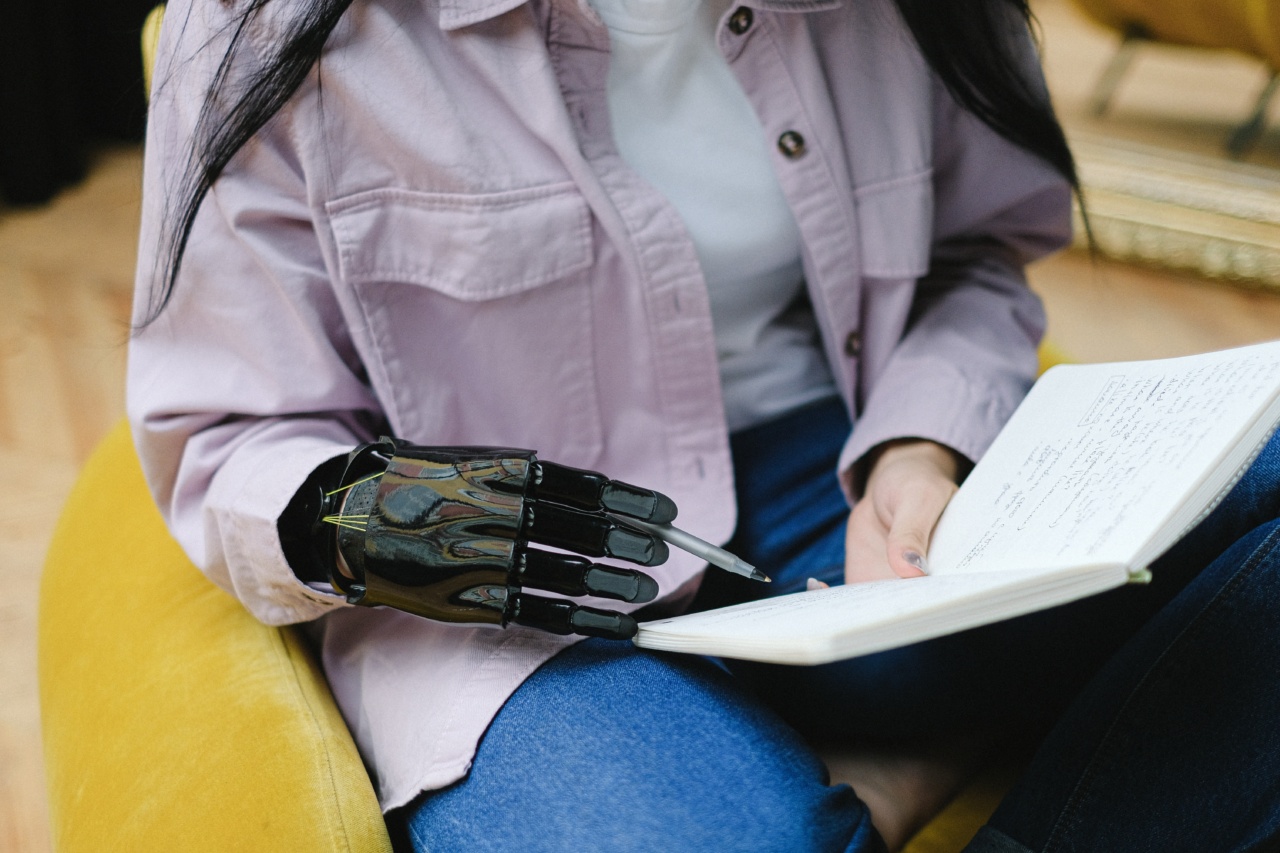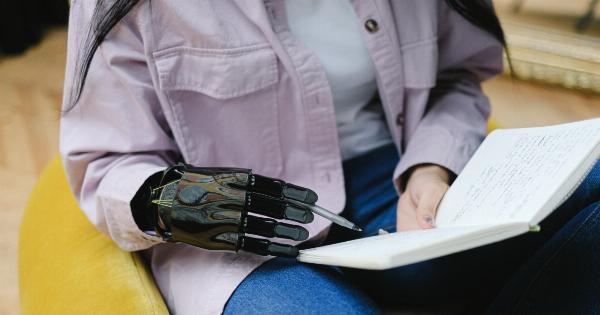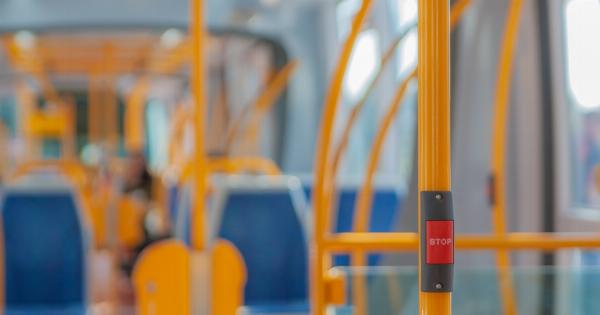Technology is advancing rapidly, opening up new horizons and possibilities for humanity. One such advancement is the development of bionic limbs that are controlled by thoughts.
It is truly a marvel of engineering and computer science that has the potential to transform the lives of amputees and people with disabilities worldwide. Among these bionic limbs, the bionic hand stands out as an impressive feat of technology. Let’s take a closer look at this revolutionary bionic hand that is controlled by thought.
What is a Bionic Hand?
A bionic hand is a prosthetic device that mimics the movements and functions of a biological hand.
It is made of advanced materials and equipped with sensors and motors that enable it to move in response to electrical signals generated by the user’s muscles. The latest bionic hands can be controlled by thoughts, which means that the user can manipulate the hand’s movements using their brainwaves.
How Does it Work?
The bionic hand works by utilizing electrodes that are attached to the user’s residual limb. When the user thinks about moving their hand, electrical signals are generated in the brain that travel down the nerves and activate the muscles.
These electrical signals can be detected by the electrodes, which then send the signals to a computer processor. The processor interprets the signals and sends them to the bionic hand, which then moves accordingly.
Advantages of a Bionic Hand Controlled by Thought
The advantages of a bionic hand controlled by thought are numerous. Firstly, it provides greater control over the hand’s movements compared to traditional prosthetic hands.
This enables the user to perform a wider range of tasks and activities, which leads to greater independence and improved quality of life. Secondly, a bionic hand is more durable and longer lasting than traditional prosthetic devices, which can break or wear out over time.
Finally, a bionic hand is less invasive than other forms of prosthetic devices, as it does not require surgery to implant electrodes, and can be worn and removed easily.
Current State of Bionic Hand Technology
The field of bionic hand technology has advanced rapidly in recent years, with several companies and research institutions developing new and innovative devices.
One of the most popular bionic hand devices is the DEKA Arm System, which was developed by DEKA Research & Development. This device can be controlled by thought and has been approved by the FDA for general use. Another popular bionic hand device is the Bebionic hand, which is manufactured by RSLSteeper and has 14 grip patterns and speeds.
Future Trends
The future of bionic hand technology is looking bright, with researchers and scientists exploring new materials, designs, and control mechanisms.
One of the most exciting developments is the use of advanced robotics and artificial intelligence (AI) to create bionic hands that are more intuitive and responsive to the user’s needs. Another trend is the development of bionic hands that are modular and can be easily customized to fit the user’s needs and preferences.
With these advancements, we can expect bionic hands to become more widespread and accessible to people who need them.
Challenges and Limitations
However, there are challenges and limitations that come with bionic hand technology. One of the biggest challenges is the cost, as bionic hands can be expensive and not covered by insurance.
Another limitation is the current technology’s limitation in terms of complexity of actions. More advanced movements like writing or playing instruments are still a challenge for current technology. Additionally, the need to recharge or replace batteries is still a big challenge for the devices.
Finally, patients can experience significant psychological and emotional effects due to the lack of feeling or sensation in the prosthetic limb. They might struggle to integrate the limb into their body image and feel like it’s not part of them.
Conclusion
In conclusion, the development of bionic hands controlled by thought represents an exciting advancement in prosthetic device technology that has the potential to transform the lives of people with disabilities.
While there are challenges and limitations to this technology, ongoing research efforts and collaboration between scientists, engineers, and patients will pave the way for more advanced and effective bionic hand devices that can better address patients’ needs.































